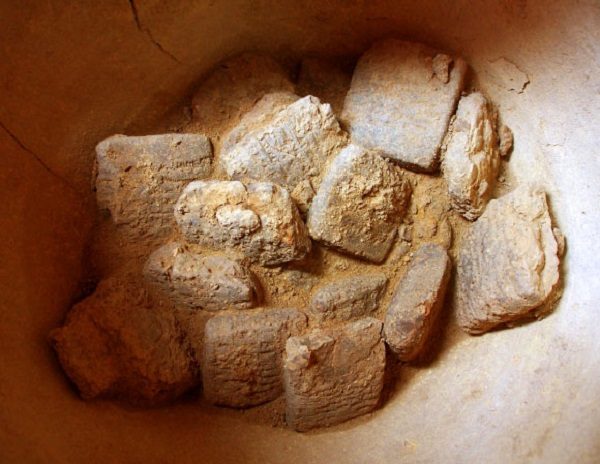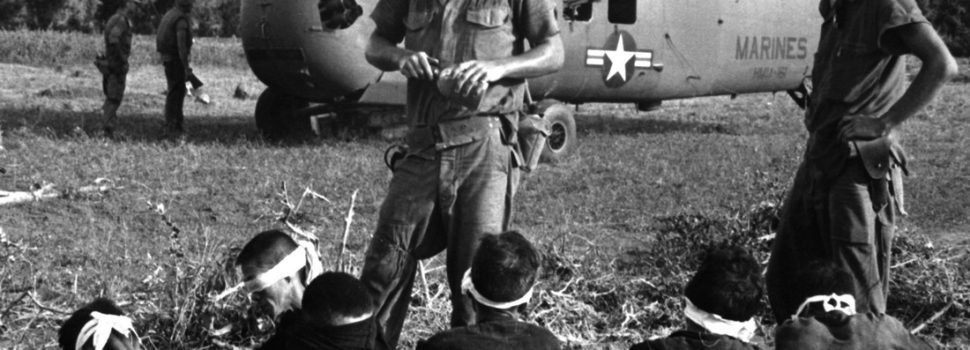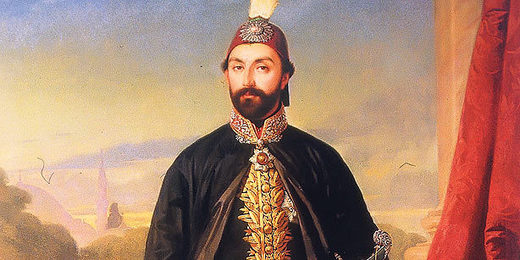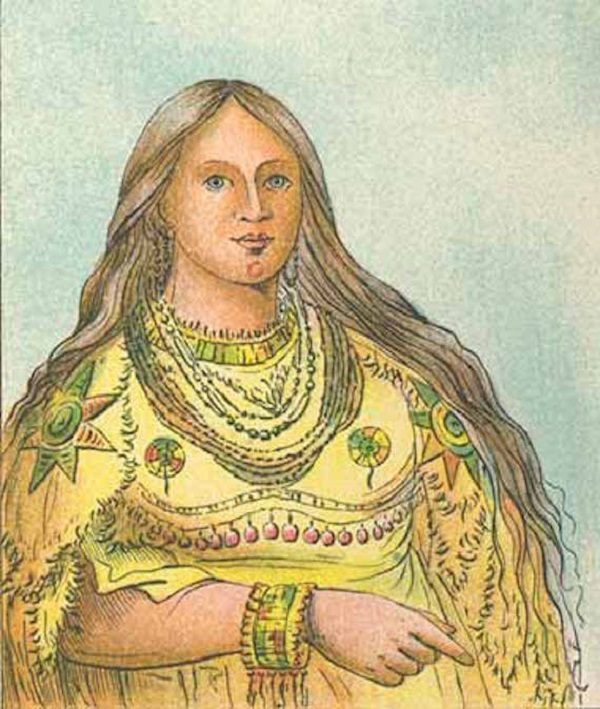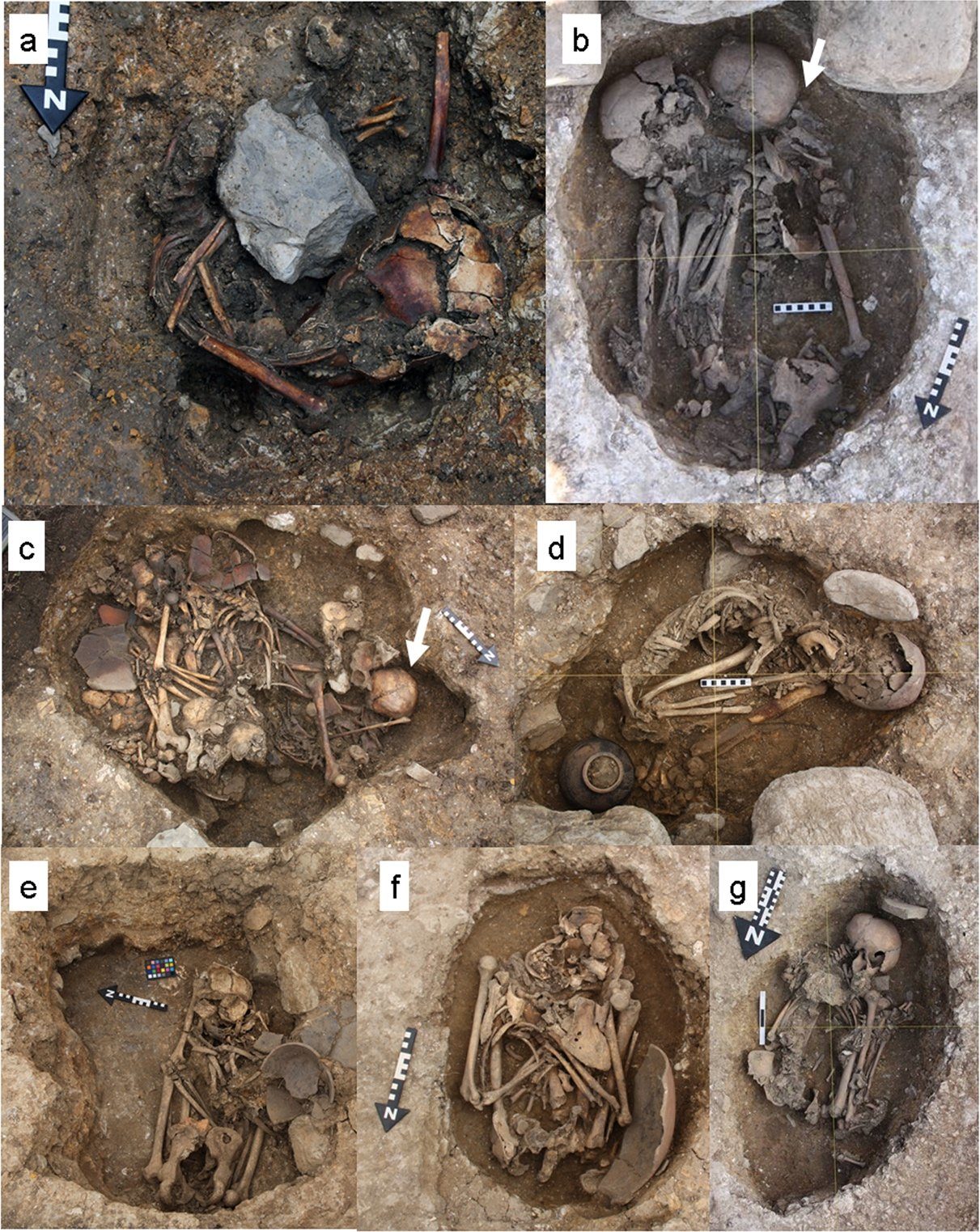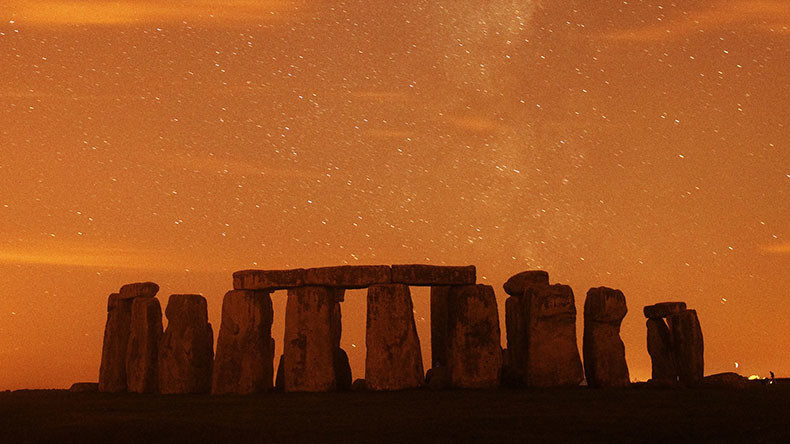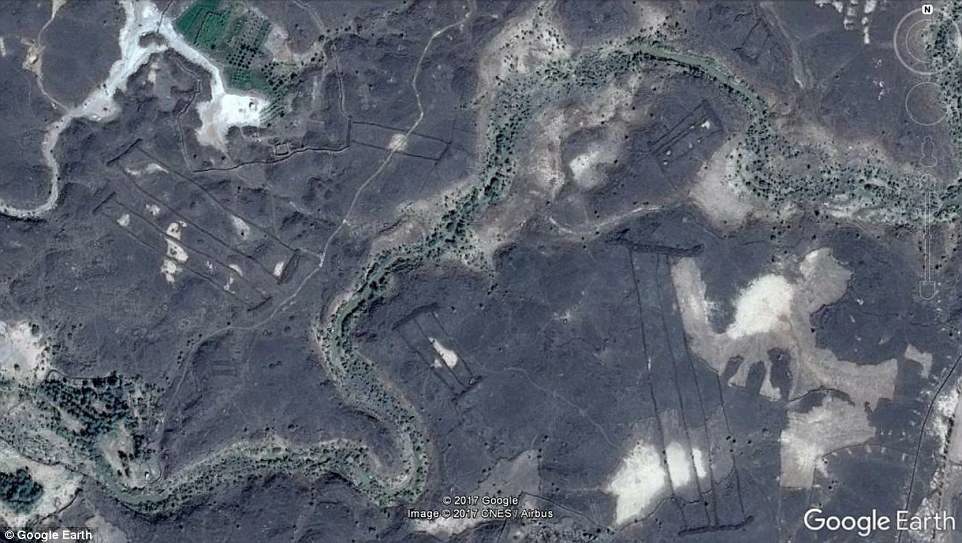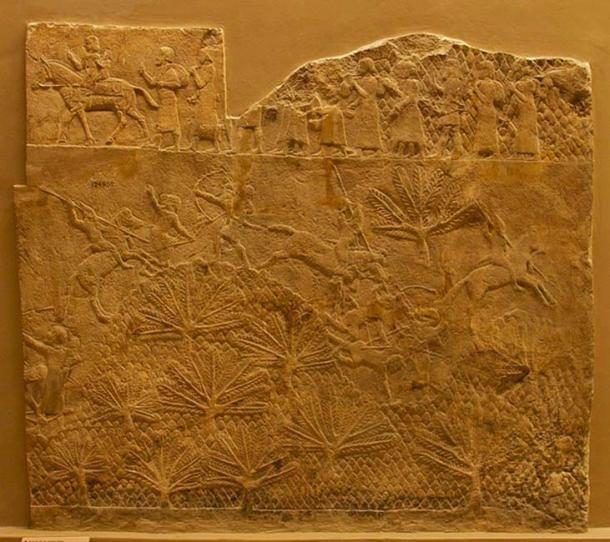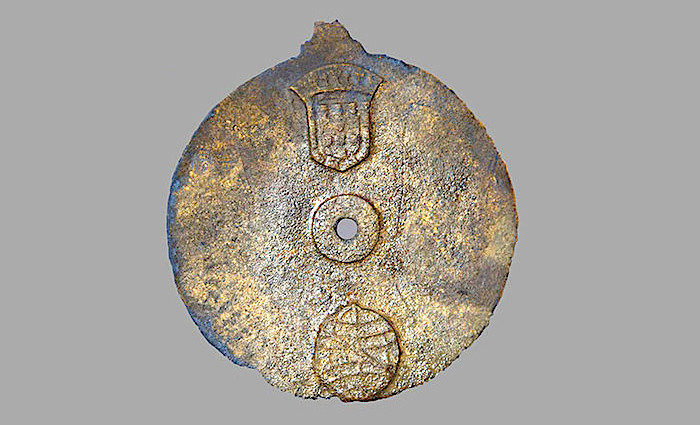
The astrolabe, which mariners used to measure the altitude of the sun, was discovered on a Portuguese explorer called the Esmerelda. The ship sank off the coast of Oman during a storm in May 1503.
The 'Esmerelda' is the earliest shipwreck from Europe's 'Age of Discovery' to be found and scientifically investigated by a team of archaeologists. It pre-dates the nearest Iberian shipwreck in age by 30 to 50 years. It was part of a fleet led by Portuguese explorer Vasco da Gama, who discovered the sea route from Europe to India via the 'Horn of Africa.'
The astrolabe was discovered by David Mearns, from Blue Water Recoveries, in 2014. Marine scientist Mearns, who wrote a book called The Shipwreck Hunter, initially described the artifact as "an important copper-alloy disc." On Monday he revealed that the disc is actually an astrolabe. The disc is marked with the Portuguese royal coat of arms and the personal emblem of King Dom Manuel I.
